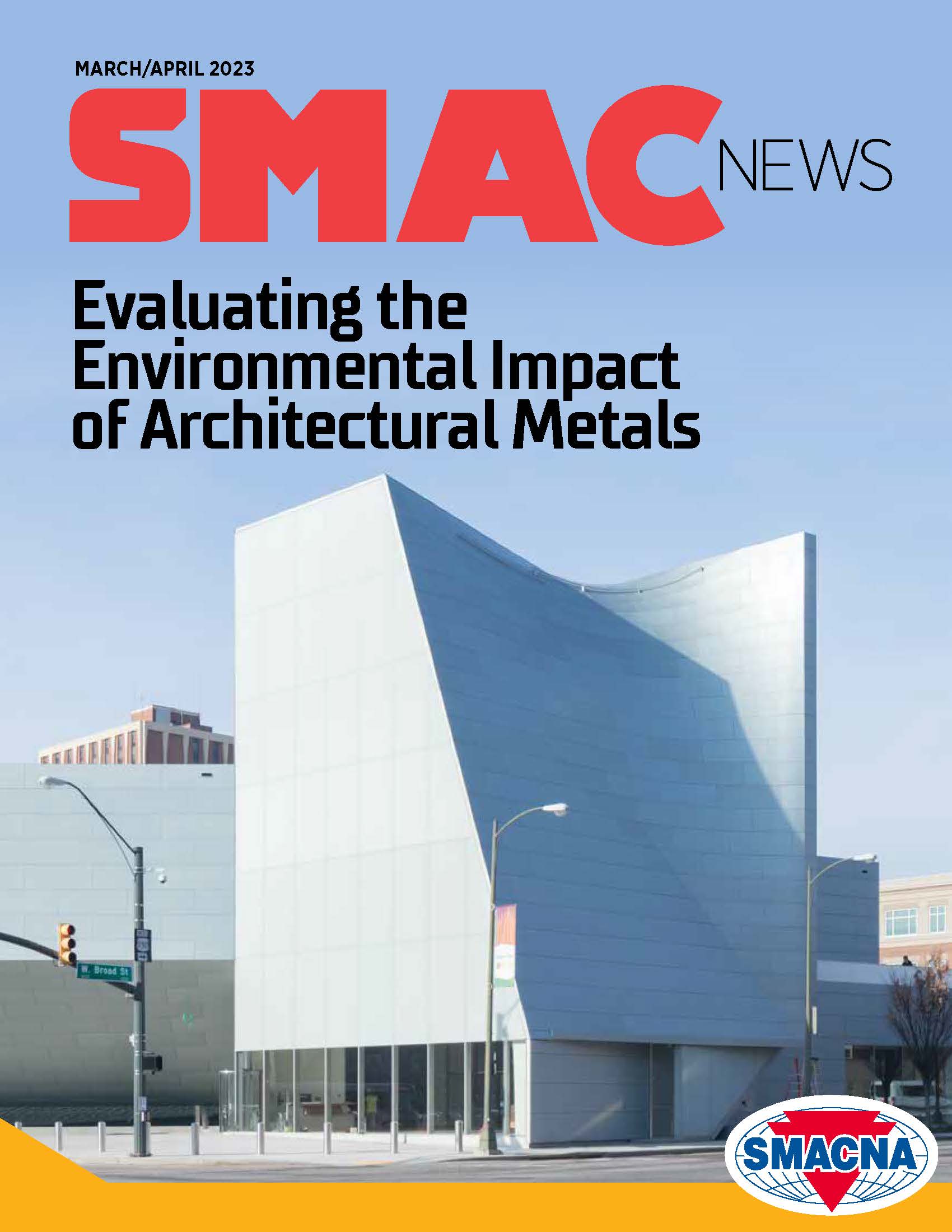The Challenges With Manning Megaprojects
With the pandemic entering a new phase, construction has boomed with what are now widely known as “megaprojects.” Every day, it feels like there’s a new stadium, microprocessor factory or some other massive project getting underway. The demand for

Tony Kocurek
With the pandemic entering a new phase, construction has boomed with what are now widely known as “megaprojects.” Every day, it feels like there’s a new stadium, microprocessor factory or some other massive project getting underway. The demand for this type of construction is quite real.
The federal government is in on this trend, too. The Biden Administration recently launched the Mega Construction Project Program. This initiative from the Department of Labor’s Office of Federal Contract Compliance Programs (OFCCP) has increased the number of federal megaprojects available to SMACNA member companies.
The program’s goal has been to ensure cooperation between the private and public sector to build the workforce needed for federal construction projects valued at $35 million or more. To fulfill the workforce need, OFCCP said it plans to collaborate with the General Services Administration and the Department of Transportation to provide on-the-ground assistance to contractors and subcontractors for recruitment and provide additional support for outreach and education.
But many megaprojects face delays due to ongoing supply chain issues, a lack of skilled labor, and cost issues. McKinsey and Co. reports 98 percent of current megaprojects face cost overruns and delays of up to 20 months.
As the labor shortage continues to impact the industry, management of these megaprojects and meeting critical deadlines are becoming worries for many SMACNA contractors. SMACNA members are struggling to keep their current market share while handling these new megaprojects and balancing the manning of other work. While moving labor from smaller jobs to larger ones is a short-term solution, finding a long-term one is critical.
SMACNA has a Megaprojects Task Force on the case, brainstorming ideas and discussing solutions. BE4ALL is also conducting a Pedal to the Metal Large and Megaproject Survey to help the association gather the impact these large projects are having on contractors, as well as the overall market. The survey examines issues surrounding workforce recruitment, training and labor interactions. This is how the association can benefit its members by immediately creating a brain trust backed by research to ensure members have answers when they need them most.
If you’re working on megaprojects and would like to share your challenges and solutions, send your thoughts to Nicole Wisniewski at nwisniewski@smacna.org. We will continue to share best practices on these projects and report on the task force’s findings.
Tony Kocurek, SMACNA President
Published: May 16, 2023
IN THIS ISSUE
Big Clients Require Big Partners
JPMorgan Chase & Co.’s global headquarters becomes AABCO’s next commercial HVAC client in NYC.
Bringing Shade to Schools
Intech helps install sheet metal shade structures at California schools.
Evaluating the Environmental Impact of Architectural Metals
Zahner talks about how the Life Cycle Assessment accounts for the environmental impact of metal material from its initial extraction through manufacture and use and on to the end of its designed useful life.
Exploring metal’s role in sustainable architecture
Metals are different from nearly all other materials used in our built environment. Once the useful life has ended, the metal is collected and recycled.
Going to Market
With advertising, 128-year-old Welsch Heating & Cooling Co. isn’t afraid to try new ways to reach their customers — as long as they work.
How to Prepare Your Business for Cyberattacks
Bulletproofing your business against a cyberattack can help protect you from today’s threats.
Metal is a Low Waste, Sustainable Building Material
Sustainability is more than just an industry buzzword at Zahner. It's a daily commitment to preserving and protecting the natural resources we’ve been entrusted with and using them responsibly in the built environment.
Sheet Metal Werks Shifts Field Hours to Shop Hours
The Illinois company saved significant man-hours by planning ahead.
SMACNA at the White House & SMACNA Endorses Bipartisan Bill on Substance Abuse
SMACNA was asked to be part of a policy roundtable on supply chain for highly efficient heat pumps and related decarbonization technologies that are key parts of whole house retrofits.
SMACNA Government & Technical Updates & Engagement Opportunities
The first quarter is always busy at SMACNA. We have lots of association events, our technical department is out in force, labor is starting its bargaining season and the government relations team is focused on many regulatory issues.
The Challenges With Manning Megaprojects
With the pandemic entering a new phase, construction has boomed with what are now widely known as “megaprojects.” Every day, it feels like there’s a new stadium, microprocessor factory or some other massive project getting underway. The demand for
Top Contractor Strategies for 2023, Part 2
In the last issue of SMACNews, I presented the first five of Grassi’s Top 10 Contractor Strategies for 2023. Those approaches to purchasing, procurement, prequalification, increased costs and project management are designed to cut through the noise
Understanding The Notice Requirements In Your CBA
For contractors with collective bargaining agreements (CBAs) expiring in 2023, it is important to remember that most CBAs, including the Standard Form, include an “evergreen” or “automatic renewal” clause.


